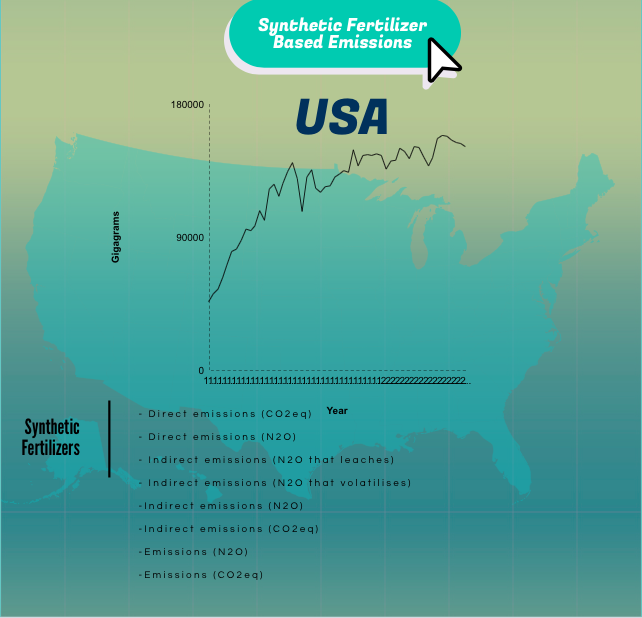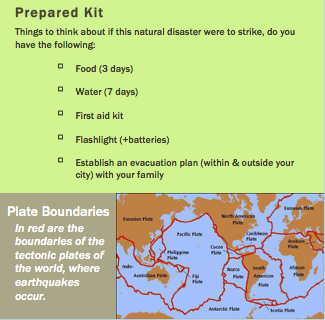This week we explored further in depth of how to portray the science in a captivating way that will get the general public interested and involved, and so it gave us the opportunity to use our creative side of the brain and design a template for something visual, such as a brochure & poster. The brochure will be distributed on the day of the Earth Symphony in April 2020 and hopes to show key scientific facts but explained briefly so that the average symphony-goer will understand, without oversimplifying the content. The poster will be displayed at Science World (Telus World of Science) and will be directed towards engaging children in hopes to inspire the young minds of future scientists. As we have written about in previous blogs, the Earth is complicated and encompasses many different signals and systems that are interconnected… so trying to simplify it in the form of a brochure/poster is proving to be quite difficult.
Most people don’t want to read through lengthy papers, academic articles, and textbooks in order to grasp a thorough understanding of Earth’s climate systems – for this reason, a straightforward approach is vital. Listed below are some techniques that we are exploring to help visualize the dense scientific facts:
Infographics
Infographics have become increasingly popular and are being used more and more as a way to communicate information quickly and efficiently. In particular for the poster, which will be directed towards children at Science World (Telus World of Science), they will be useful for capturing attention without having to read a lot of text.

Figure 1: Preliminary infographic created by K. Dyck using Piktochart
Checklists
Another alley explored was an interactive approach, involving for example a disaster preparedness checklist, so that the individual with the brochure can take it home and use it as a tool in preparing for the future.

Figure 2: Preliminary checklist created by M. Millward using Microsoft Word
Overall, we feel that the symphony will be an amazing way to express environmental science to a public audience, but we must enrich the symphony with background materials in order to ensure that people have a fuller understanding of the issues. Collectively, our materials should work to provide an objective and educational approach to the topics at hand.